In the oil extraction industry, screens are common equipment and are widely used in oil production, sand prevention and well completion processes. The most widely used type of screen is wire-wound screen. The manufacturing process of this screen is to evenly wrap the cross-section steel wire around the metal liner and weld it firmly, while leaving a certain gap as the screen hole. However, when used in the well, especially in high-angle wells and horizontal wells, special attention should be paid to avoid extrusion and collision with the well wall or casing. Such collisions may cause the screen wires to become disordered or the gaps to deform, thereby affecting the performance of the screen, reducing the completion quality and sand prevention effect, and even leading to failure.
The traditional processing methods of oil slotted screens are mainly the following:
1.Metal block inlay method: This method uses mechanical processing to open an opening much wider than the predetermined requirement at the slot of the pipe body, and then embeds a narrower metal block into the opening and welds it to form a slot. This method has many processes, low efficiency, high cost, and may affect the strength of the screen.
2.Electrochemical and mechanical processing composite processing method: This method first uses the principle of electrochemical corrosion to etch a blind groove with the same size as the slit on the inner wall of the tube, then uses an ultrasonic thickness gauge to measure the center line of the groove on the outer wall of the tube, and finally uses a milling cutter to mill through the blind groove to form a slit. This method is inefficient, the subsequent cleaning work is arduous, and it is not suitable for mass production.
3.Ceramic blade cutting method: This method uses a ceramic blade to "mill" the slit. Although this method has a certain range of use, it also has some disadvantages, such as low efficiency, high cost, slow blade feed speed and easy damage, requiring frequent replacement, and can only cut simple slit shapes, and cannot cut trapezoidal slits, curved slits and folded line slits.
4.Laser cutting method: This method uses a high-energy-density laser beam to scan the surface of the screen tube and cut out qualified slits based on the basic principles of laser cutting. The advantages of laser cutting include regular slit width, no slag, excellent slit quality, and can cut complex slit shapes such as trapezoidal slits, folded line slits and ultra-wide slits. In addition, laser cutting has low noise, high efficiency and relatively low cost.
Compared with other methods, slotted pipes are gradually being widely used in the field of oil extraction due to their lower price and superior performance.
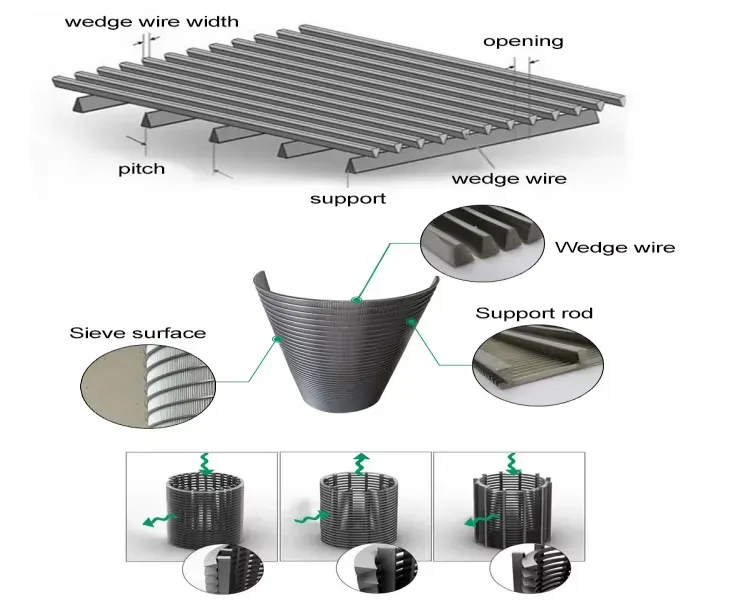






 English
English Español
Español بالعربية
بالعربية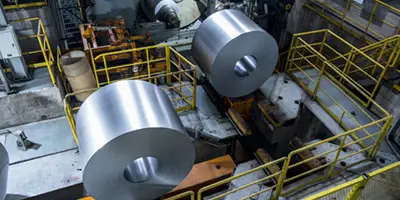
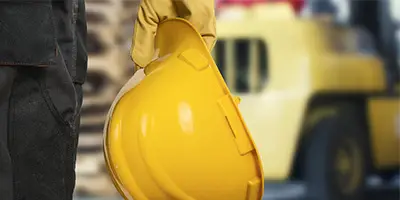
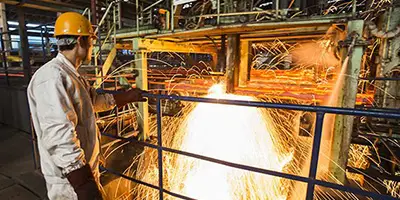
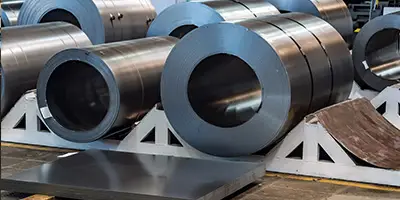

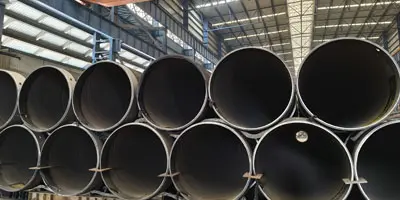
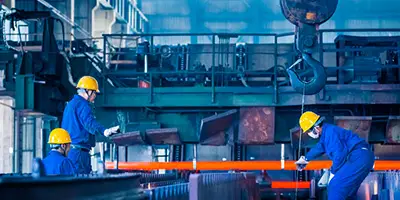
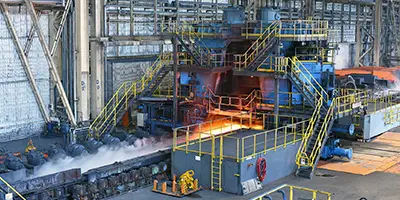
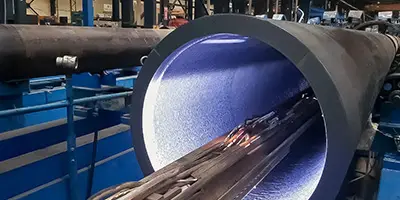
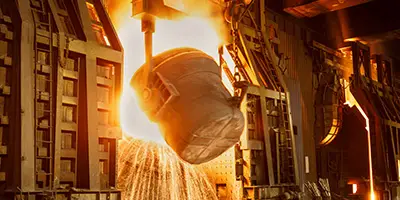
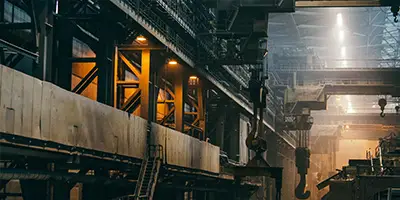
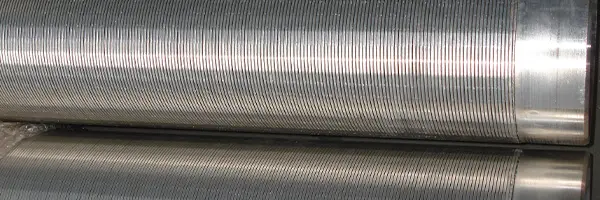
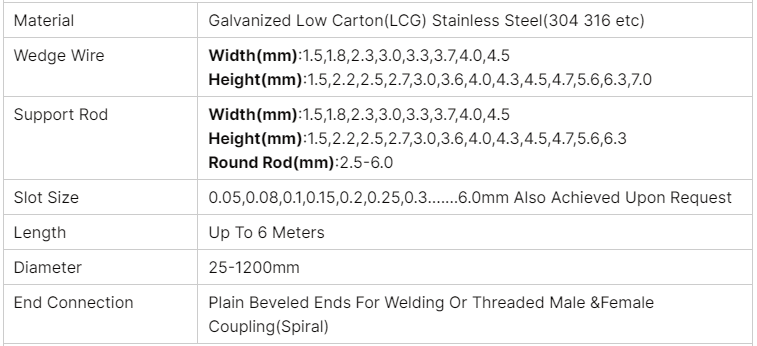
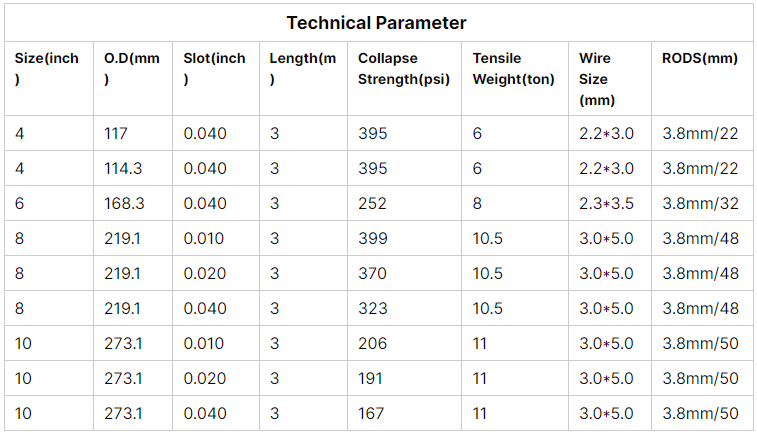

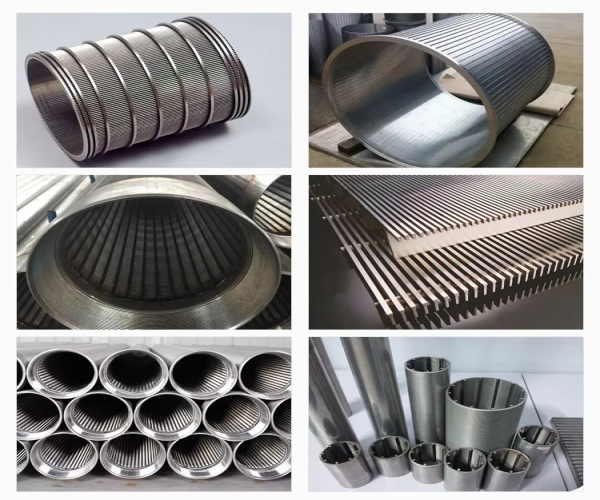
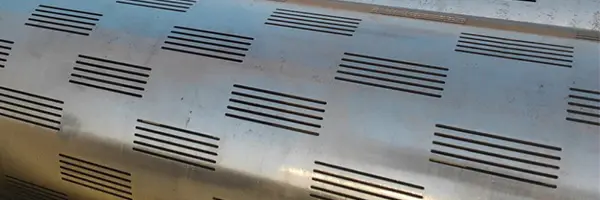
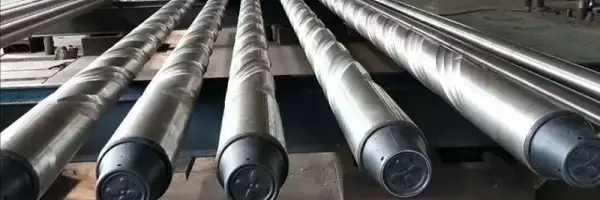
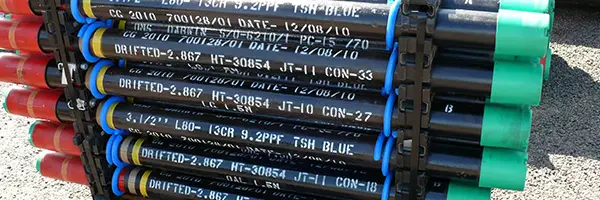
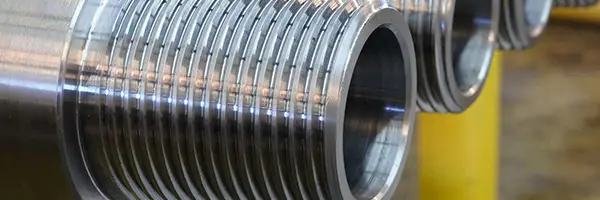
 Phone :
Phone :  Whatsapp :
Whatsapp :  Email :
Email : 


